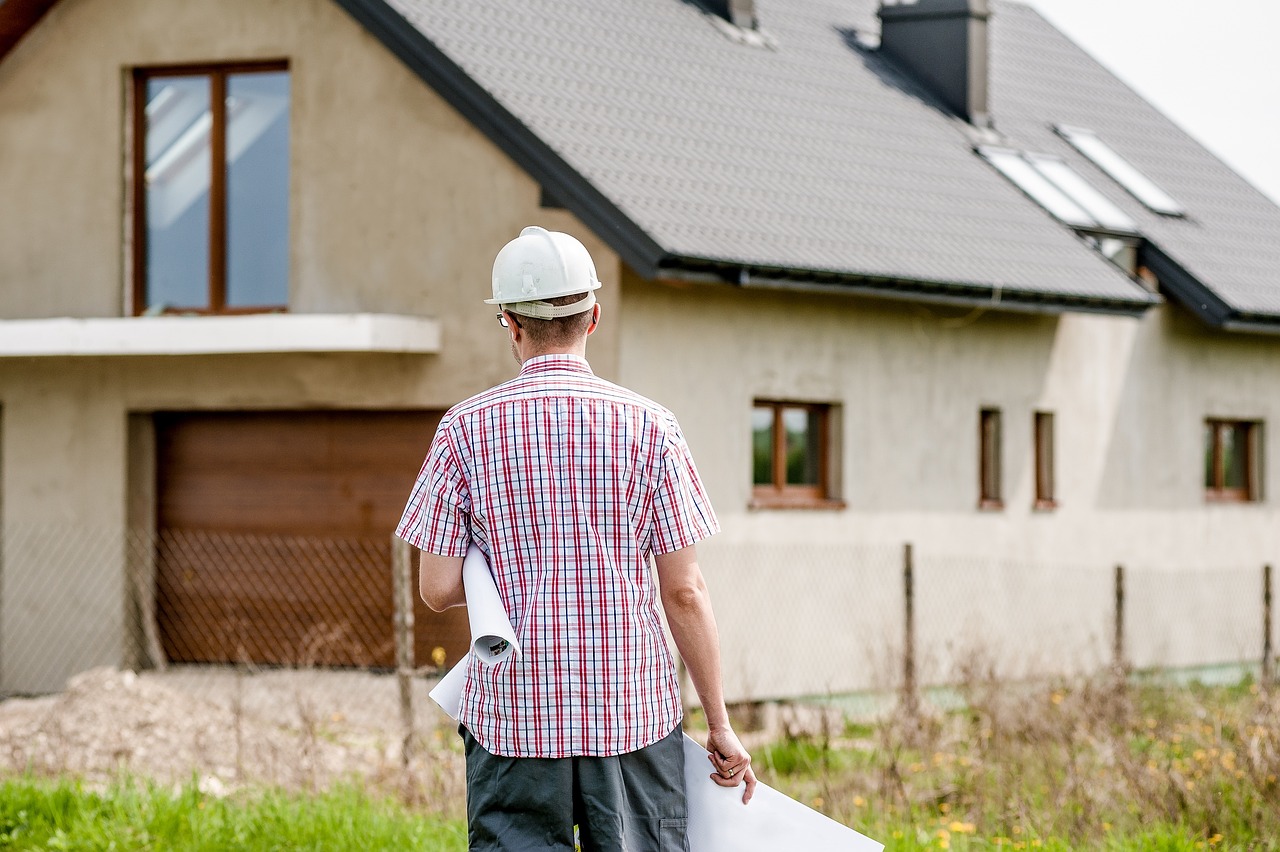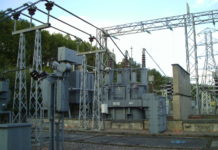Britain’s volume home builders are still under-performing badly against the need to include low carbon heat pumps as standard in newly built houses, figures released today prove.
With gas boilers banned from 2025 as a heating source in new English & Welsh homes, analysis of recent official data on heat pump installations in new homes points to the necessity for builders to up their game radically.
Of the 1.1 million new homes logged as finished between 2019 and 2023 in the two nations, only 4.53% – fewer than one in twenty – had either air- or ground-source heat pumps fitted by the builders, ready for use when the first owners moved in.
The figures emerge from analysis by price comparison website Confused.com of compulsory Energy Performance Certificates (EPCs) issued by local planning authorities in respect of new dwellings.
Year-by-year analysis indicates that pump installations are improving, but still far too slowly. Air source heat pumps were fitted to only 2.68% of new homes in 2019. That share rose to 7.58% last year, buoyed by increasing environmental concerns & advances in heat pump technology.
Scale economies mean companies fitting the devices as part of a home’s initial construction can achieve unit savings as high as 60% against the prices paid by individuals to convert their existing homes.
But today’s figures point to greedy volume house builders preserving their profits, shirking social and environmental responsibilities, by leaving owner-occupying individuals to face the greater unit cost and inconvenience of post-completion private retrofits.
Linked to the 2025 ban on gas boilers in new homes, the Sunak government has adopted a Johnson-era target of 600,000 heat pumps installed by 2028, replacing conventional gas boilers. But the goal has been dogged by criticism of poor subsequent promotion from Whitehall, low awareness among consumers of the technology & fears about its supposed complexity. A continuing lack of skilled retro-fitting pump technicians and ambiguous messages from makers of conventional boilers, are among factors also stalling the drive.
Measures by Sunak’s government to speed up domestic pump adoption include raising last year to £7,500 grants to replace conventional boilers. Even that improvement failed to boost retrofit installs of pumps; spending watchdog the National Audit Office found last month that, over the eighteen months to January, they ran at less than half the required rate.
Last month the government launched a planning consultation, cutting separation distances between homes of external devices.
Geographical uptake of domestic low carbon heat remains patchy, the survey finds. King’s Lynn & W Norfolk tops the list of best authorities identified by Confused.com for heat pumps fitted as standard. 52.12% of its 1,300 dwellings finished during the four year period feature an air source device. Ceredigion, with 39.26%, and Breckland in Norfolk with 38.58%, occupy lesser medal positions in a top 10 table, borne up by Cornwall’s 24.2%.
Worst areas are Liverpool city council, Halton on Merseyside and Sandwell in the west Midlands. None of these laggard authorities recorded more than 0.1% of its new builds with heat pumps.
Fastest improvers over the four years among the nations’ planning authorities include Bromsgrove, where integrated heat pumps appeared in 0.6% of new homes in 2018, but in over 46% last year. Councils in the Cotswolds, Isle of Angelsey, Pembrokeshire and Dacorum in Hertfordshire also all leapt from negligible numbers, to over a third of new dwellings in 2023.
Read the full Confused.com report here.




